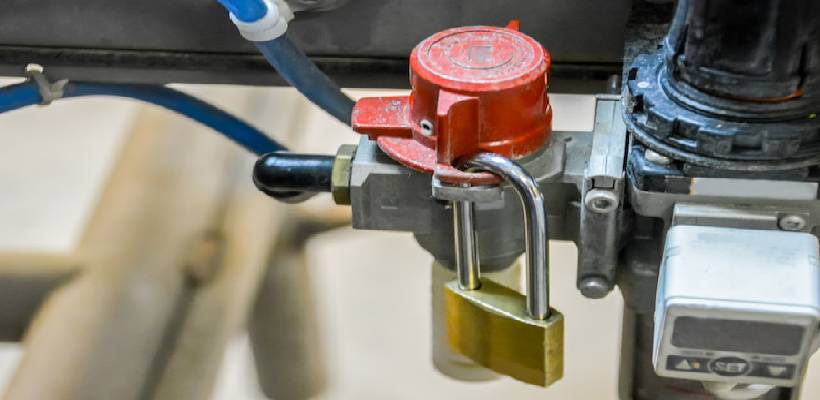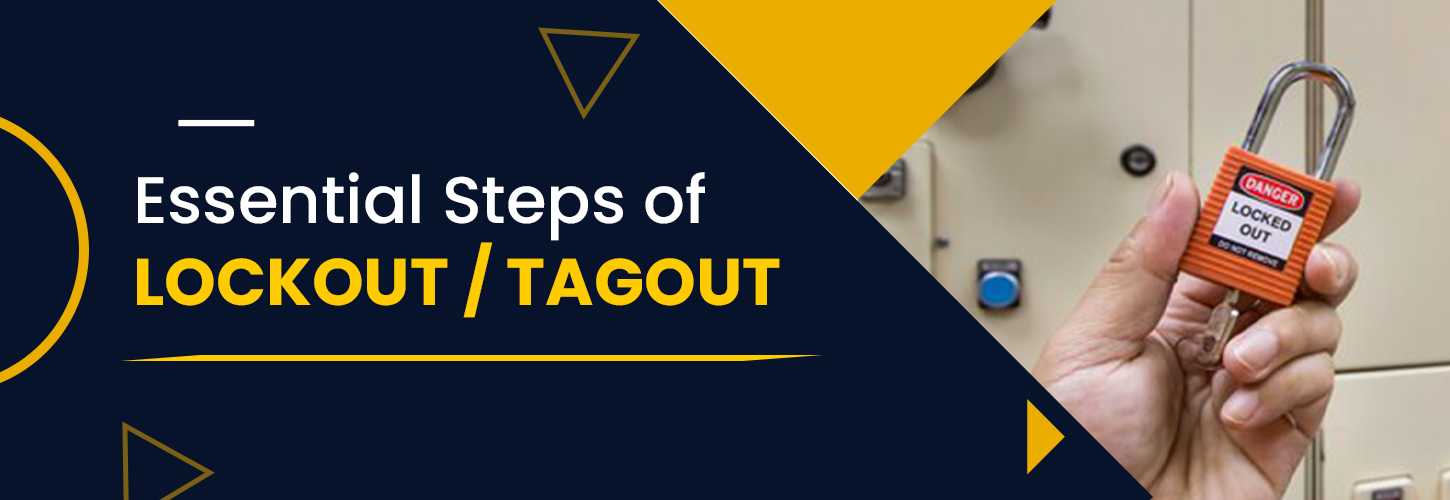What is Loto?
Loto which stands for Lockout/tagout is a set of safety procedures that control hazardous energy from equipment and protect workers. Typically, this is a protection system that allows maintenance and repair work on the equipment to be performed safely.
This blog covers the basics of LOTO safety and the important steps to follow while performing a lockout.
Purpose of Lockout Tagout
Any workplace environment that contains equipment or machinery can expose hazardous energy when undergoing service or maintenance. These kinds of hazardous energy may include:
- Chemical
- Electrical
- Pneumatic
- Thermal
- Hydraulic
- Mechanical
And other sources of energy…
If proper safety procedures are not followed, the release of hazardous energy during maintenance activities can result in serious injuries or even fatalities to the employees in the environment. Having proper Lock Out, Tag Out procedures makes sure that the equipment, machinery and supply lines are turned off and isolated properly, thus preventing any harm and protecting the workers.

Steps to follow for LOTO in Safety
Step 1: Preparation
The foremost step in locking and tagging out is to prepare as soon as the maintenance or service starts. The authorized employee must investigate and gain a complete understanding of all types of hazards involved with the activity and know how to control them.
Step 2: Shutdown
The actual equipment or machine shutdown begins at this stage. This step involves turning off the controls and ensuring all the running parts of the equipment come to a total shutdown. All the employees working in the scenario must be informed about the equipment that needs to be serviced.
Step 3: Isolation
Once the machine is brought to shutdown, now the further step of the Lockout/Tagout procedure is to isolate the machine. Ensure the machine is isolated from all sources of energy and make sure to turn off power, block moving parts, close valves, etc.
Step 4: Lockout/Tagout
This is the actual stage where you deploy the lockout and tagout procedure. In this stage, it has to be assured that no one except the crew performing maintenance/repairs can reactivate the equipment deliberately or accidentally. To confirm that, the authorized personnel will affix lockout and/or tagout devices to each energy-isolating device.
Including a tag on the lock out device that contains the authorized person’s name and contact information can cater required information for the employees who probably have questions about why the equipment is locked.
Step 5: Stored Energy Check
Even though the equipment is turned off from the potential sources of energy, still we can’t just start the work. There can be a possibility for ‘stored’ or residual energy which has to be dissipated. Equipment has to be degassed or depressurised during this stage, making it non-hazardous.
Step 6: Isolation Verification
This final step is for ‘’making sure’’. Ensure the machine is shut down, isolated from all power sources, locked up the unexpected start-up scenarios and checked for stored energy. Assuring yourself that you have adhered to all appropriate
Conclusion
Lockout tagout procedures are essential for any maintenance routine. Following the above steps ensure that you are doing the work correctly and your workplace is as safe as possible.
Contact Us
Kindly call our Experts @ +91 8121563728 / +91 8015527650 or mail us @ kalyan.r@greenworldsafety.com / indumanasa.m@greenwgroup.com
Get Your Query Answered / Get Expert Assistance To Choose the Right Course for You Or Your Associates






